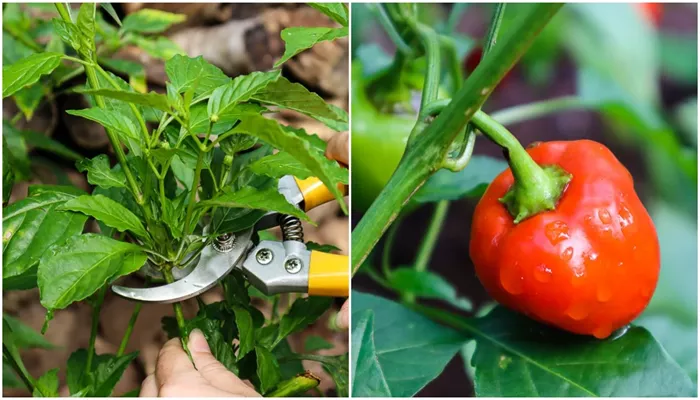Peppers are a versatile and delicious addition to any vegetable garden, enhancing a variety of dishes from salads to soups. To ensure a thriving pepper crop, it’s crucial to understand the benefits of companion planting. By selecting the right flowers and vegetables to grow alongside your peppers, you can naturally repel pests, deter diseases, and improve soil quality.
Why Companion Planting Matters
Peppers, like many garden vegetables, are susceptible to pests and diseases such as aphids, cutworms, and powdery mildew. Companion planting offers a natural solution by using friendly plants to repel these threats. “Companion plants can naturally deter pests, reducing the need for chemical pesticides,” notes Tony O’Neill, a gardening expert. Additionally, some companions like beans and legumes enrich the soil by fixing nitrogen, which is essential for healthy pepper growth.
Companion planting also attracts beneficial pollinators. “Flowers like lavender and borage draw bees, which help pollinate pepper flowers, increasing yields,” O’Neill explains.
Best Companion Plants for Peppers
Tube-Shaped Flowers: Snapdragons, baptisia, and bee balm attract bumblebees, which aid in pollinating pepper flowers by jostling them to release pollen, according to Mary Jane Duford, a certified master gardener.
Marigolds: These flowers suppress nematodes by releasing a compound toxic to root-knot nematodes. Planting marigolds as a cover crop can significantly reduce nematode populations and attract beneficial insects like ladybugs and lacewings.
Alliums: Garlic, onions, scallions, and chives repel aphids and enhance pepper flavor. Chives are particularly effective at repelling aphids.
Cowpeas: These legumes capture nitrogen, inhibit weed growth, and act as a living mulch, benefiting pepper crops.
White Clover: Adds nitrogen and improves soil structure. Opt for shorter varieties to avoid competition for light.
Carrots: Break up soil and attract beneficial insects like ladybugs and lacewings.
Spinach: Provides ground cover, retains moisture, and keeps the soil cool.
Oregano: Offers ground cover and repels pests with its herbal scent.
Tips for Successful Companion Planting
Timing: Plant companions at the same time as peppers, but consider planting marigolds earlier for pest control.
Spacing: Ensure enough space between plants for proper air circulation and to reduce disease risk.
Height: Be mindful of the mature height of companion plants to avoid overshadowing peppers.
Plants to Avoid
Brassicas (kale, cabbage, broccoli): Compete for nutrients and release compounds that can stunt pepper growth.
Fennel: Produces allelochemicals that may interfere with pepper growth.
Potatoes and Tomatoes: Share common pests and diseases with peppers, increasing the risk of infestation.
By following these expert tips, you can create a thriving pepper garden that benefits from the natural advantages of companion planting.


